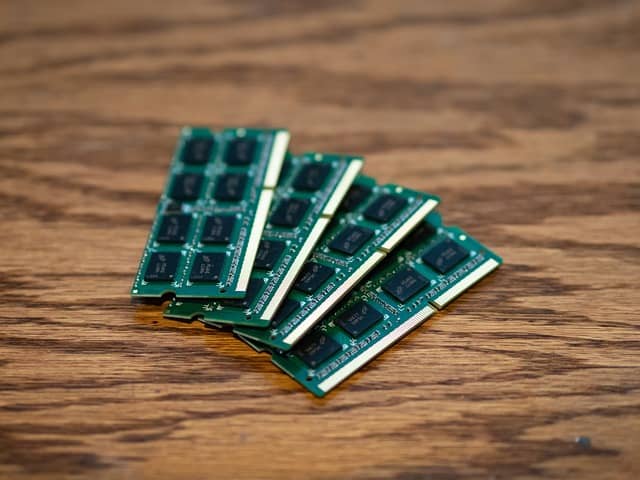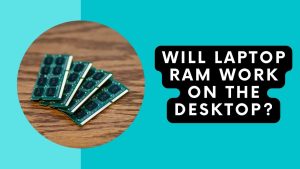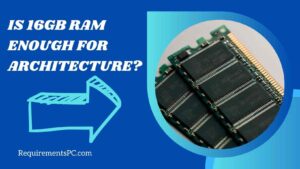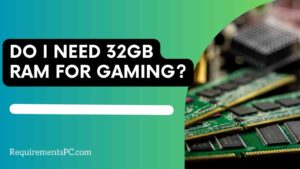How RAM affects the speed of 3D Rendering
RAM has an integral effect on the speed of 3D rendering. Increased RAM capacity allows for more data to be stored and processed simultaneously, which leads to an acceleration of 3D rendering. This is due to the fact that the rendering of 3D images is a very heavy process that requires more amount of memory. Insufficient RAM will slowdown the rendering process, as it is not able to store the necessary data. RAM is much faster than the hard drive, so having access to more of it provides a more efficient and seamless 3D rendering experience.
In 3D rendering, the amount of RAM available can have a huge impact on the speed of the rendering process. If the RAM is deficient, then the rendering will suffer and take much longer than it should. Moreover, insufficient RAM can lead to computer crashes or freezes during the 3D rendering process. Conversely, having additional RAM can significantly enhance the performance of the 3D rendering speed and your project save quickly.

Benefits of increasing RAM for 3D Rendering
If you’re looking to get better results with 3D rendering, then upgrade the RAM on your system will beneficial for you. Increasing the RAM could help your system perform better and may help you achieve the results you’re looking for. This is because more RAM in your system can make a big difference when it comes to 3D rendering tasks. It speeds up when storing more data and information needed for textures, meshes, and other render elements, allowing your system to process them more quickly. This can result in faster rendering times, smoother animations, and higher-quality visuals.
Furthermore, adding more RAM to your system will help you work with larger 3D projects since it will increase the amount of data your system can handle. This means you can create more sophisticated and intricate scenes, which can help you create visuals that are more realistic and of higher quality. Overall, increasing the RAM for 3D rendering is a great way to optimize your system for improved performance, quality, and efficiency.

The Recommended RAM for Rendering
When it comes to creating 3D models and animations, the amount of RAM recommended for 3D rendering is a major factor to take into consideration. Low RAM configuration can lead to unsatisfactory performance and output, so it’s important to make sure you have the right amount of RAM for your projects. For smooth 3D rendering, it is usually advised to have at least 8GB of RAM. If the project has more 3D effects, then it’s best to have 16GB or more RAM to ensure your renderings run smoothly.
If you are a 3D artist, you know that rendering can be a very resource-intensive task. It is therefore essential to consider the amount of RAM needed for your project. For instance, when dealing with large 3D models and wanting to render at higher resolutions, you may need to equip your computer with 32GB or more of RAM to ensure your project is rendered properly.
How to Improve 3D Rendering Speed
If you are looking to improve the speed at which you can render 3D images, there are a few tips and tricks that help you to increase the rendering process. First and foremost, If you want to complete the task efficiently, it is important to make sure your computer or processor is sufficiently powerful. If your computer is running slow, then consider upgrading your system with the latest generation processor such as 10th Gen, 11th Gen, and 12th Gen.
Also, It’s important to keep an eye on the resolution settings you’re using in your 3D software, as higher resolutions will require more processing power and take longer to render the 3D images. Another way to improve rendering speed is to make sure that you have the latest drivers and software updates installed on your computer. Outdated drivers or software versions can cause conflicts and slow down your computer’s performance.
Make sure your graphics card drivers are up to date. This is important, as outdated drivers may not be optimized for the most current version of 3D rendering software. Also, Consider purchasing a faster graphics card if you are looking for even higher performance. Spending extra money on a high-end graphics card can make a huge difference in 3D rendering speed.





